Metal 3D-Printed Bioinspired Lattice Elevator Braking Pads for Enhanced Dynamic Friction Performance
Abstract
:1. Introduction
- The resting phase, where the wheel is at a safe distance (a few millimeters) from the guide rails, while the friction plate is at a short distance of 1–3 mm from the guide rails.
- Activation phase, where the wheel has just touched the guide rails
- The wedging phase is where the wheel moves and comes into contact with the guide rails until the gap between the guide rails and the back is zero, at which point the safety gear begins to brake.
- After the guide rails are in contact with the friction plate, the springs are compressed and thus the friction forces develop gradually, resulting in progressive braking.
2. Materials and Methods
2.1. Problem Statement
2.2. Design of Bio-Inspired Braking Pads
2.3. Material Selection and Additive Manufacturing
2.4. Tribological Analysis
2.5. Finite Element Models
3. Results
3.1. 3D-Printed Friction Pads
3.2. Tribological Results
3.3. Finite Element Analyses
4. Conclusions
5. Patents
Author Contributions
Funding
Institutional Review Board Statement
Informed Consent Statement
Data Availability Statement
Acknowledgments
Conflicts of Interest
References
- Macalós, J.P.S.; Rossi, P. Up the stairs, down in the elevator? The asymmetric response of emerging market currencies to the global liquidity cycle. Camb. J. Econ. 2022, 46, 849–868. [Google Scholar] [CrossRef]
- Alexandros, V.; Paschalis, C.; Nikolaos, D.; Nikolaos, K.; Michael, C.; Giorgos, G.; Dimitrios, T.; Stelios, K. Automatic elevator shaft inspection using a multi-sensor measuring system and computer vision techniques. J. Build. Eng. 2023, 82, 108358. [Google Scholar] [CrossRef]
- Ma, X.; Pan, G.; Zhang, P.; Xu, Q.; Shi, X.; Xiao, Z.; Han, Y. Experimental evaluation of braking pad materials used for high-speed elevator. Wear 2021, 477, 203872. [Google Scholar] [CrossRef]
- Pulecchi, T.; Manes, A.; Lisignoli, M.; Giglio, M. Digital filtering of acceleration data acquired during the intervention of a lift safety gears. Measurement 2010, 43, 455–468. [Google Scholar] [CrossRef]
- Janovsky, L. Elevator Mechanical Design, 2nd ed.; Ellis Horwood Limited: New York, NY, USA, 1993. [Google Scholar]
- Strakosch, G.R. Courtesy of Otis Elevator, The Vertical Transportation Handbook, 3rd ed.; John Wiley & Sons, Inc.: Hoboken, NJ, USA, 1998. [Google Scholar]
- Multi-Part Document BS EN 81—Safety Rules for the Construction and Installation of Lifts. Lifts for the Transport of Persons and Goods. Available online: https://knowledge.bsigroup.com/search?productType=standard&query=BS%20EN%2081&type=products (accessed on 3 June 2024).
- Peng, Q.; Li, Z.; Yuan, H.; Huang, G.; Li, S.; Sun, X. A Model-Based Unloaded Test Method for Analysis of Braking Capacity of Elevator Brake. Adv. Mater. Sci. Eng. 2018, 2018, 8047490. [Google Scholar] [CrossRef]
- Banik, A.; Tan, K. Dynamic Friction Performance of Hierarchical Biomimetic Surface Pattern Inspired by Frog Toe-Pad. Adv. Mater. Interfaces 2020, 7, 2000987. [Google Scholar] [CrossRef]
- Ivanović, L.; Vencl, A.; Stojanović, B.; Marković, B. Biomimetics Design for Tribological Applications. Tribol. Ind. 2018, 40, 448–456. [Google Scholar] [CrossRef]
- Duralast Products Corporation. Automotive Brake Parts. Available online: https://www.duralastparts.com/brakes.html (accessed on 3 June 2024).
- Giarmas, E.; Tsakalos, V.; Tzimtzimis, E.; Kladovasilakis, N.; Kostavelis, I.; Tzovaras, D.; Tzetzis, D. Selective Laser Melting Additive Manufactured H13 Tool Steel for Aluminum Extrusion Die Component Construction. J. Manuf. Process. 2024. accepted. [Google Scholar]
- ASTM E8/E8M-22; Standard Test Methods for Tension Testing of Metallic Materials. ASTM International: West Conshohocken, PA, USA, 2024.
- Kladovasilakis, N.; Charalampous, P.; Tsongas, K.; Kostavelis, I.; Tzovaras, D.; Tzetzis, D. Influence of Selective Laser Melting Additive Manufacturing Parameters in Inconel 718 Superalloy. Materials 2022, 15, 1362. [Google Scholar] [CrossRef] [PubMed]
- Kladovasilakis, N.; Charalampous, P.; Kostavelis, I.; Tzetzis, D.; Tzovaras, D. Impact of metal additive manufacturing parameters on the powder bed fusion and direct energy deposition processes: A comprehensive review. Prog. Addit. Manuf. 2021, 6, 349–365. [Google Scholar] [CrossRef]
- ASTM ISO/ASTM52921-13; Standard Terminology for Additive Manufacturing-Coordinate Systems and Test Methodologies. ASTM International: West Conshohocken, PA, USA, 2013.
- ISO 21920-2:2021; Geometrical Product Specifications (GPS)—Surface Texture: Profile. ISO: Geneva, Switzerland, 2021.
- ISO 25178-2:2021; Geometrical Product Specifications (GPS)—Surface Texture: Areal. ISO: Geneva, Switzerland, 2021.
- Borawski, A. Common Methods in Analysing the Tribological Properties of Brake Pads and Discs—A Review. Acta Mech. Autom. 2019, 13, 189–199. [Google Scholar] [CrossRef]
- Lyu, Y.; Bergseth, E.; Wahlström, J.; Olofsson, U. A pin-on-disc study on the tribology of cast iron, sinter and composite railway brake blocks at low temperatures. Wear 2019, 424–425, 48–52. [Google Scholar] [CrossRef]
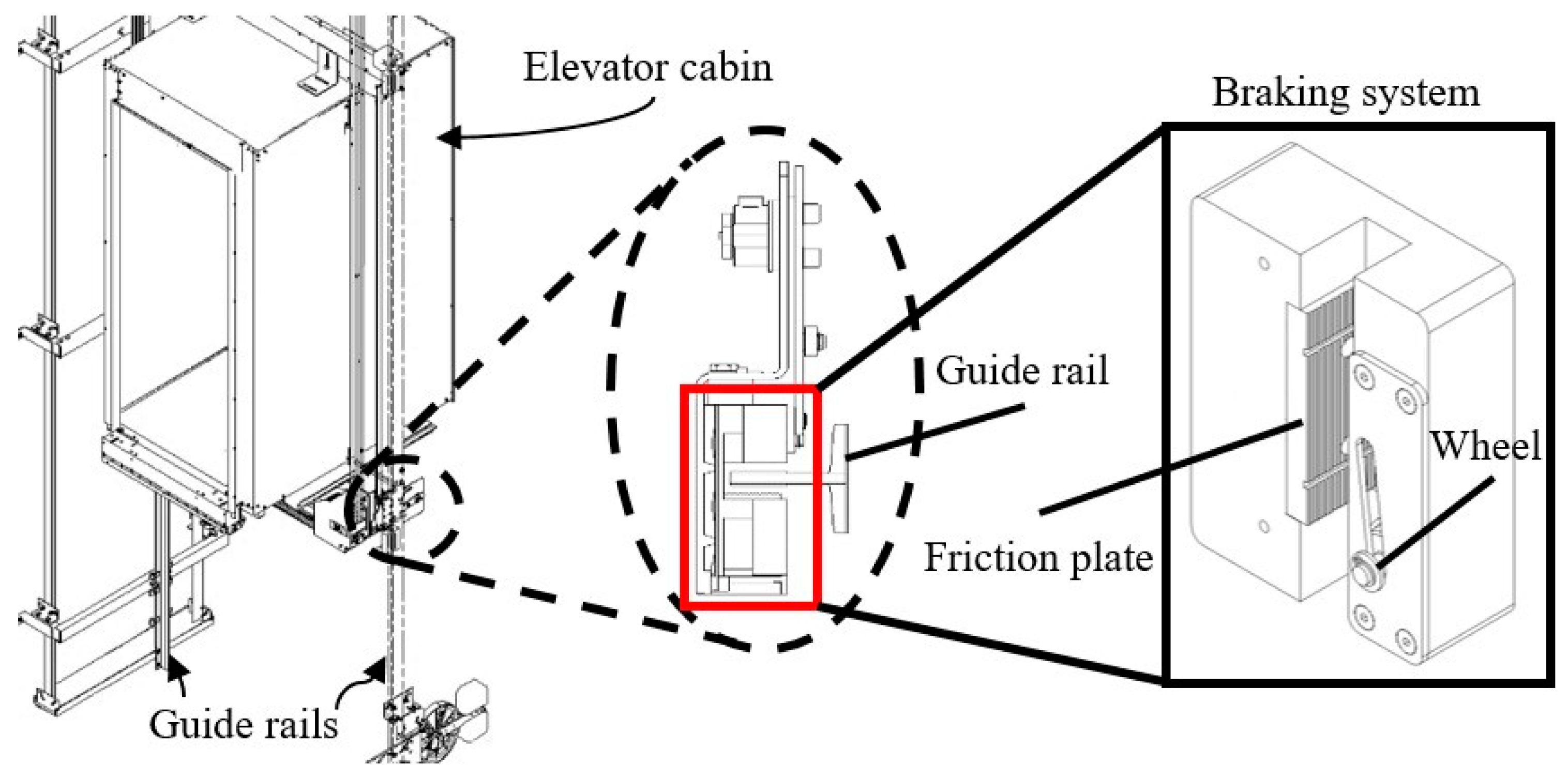

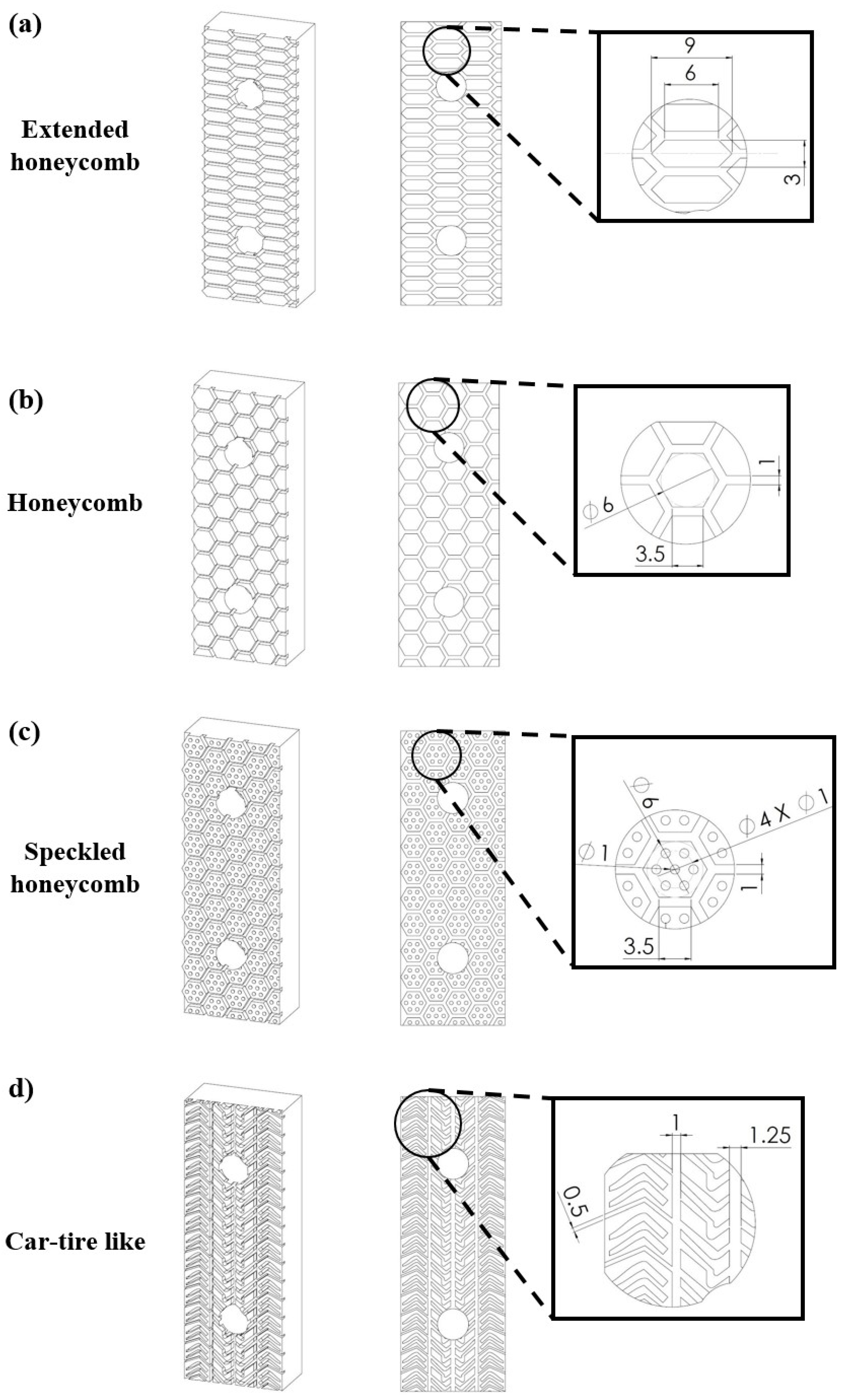
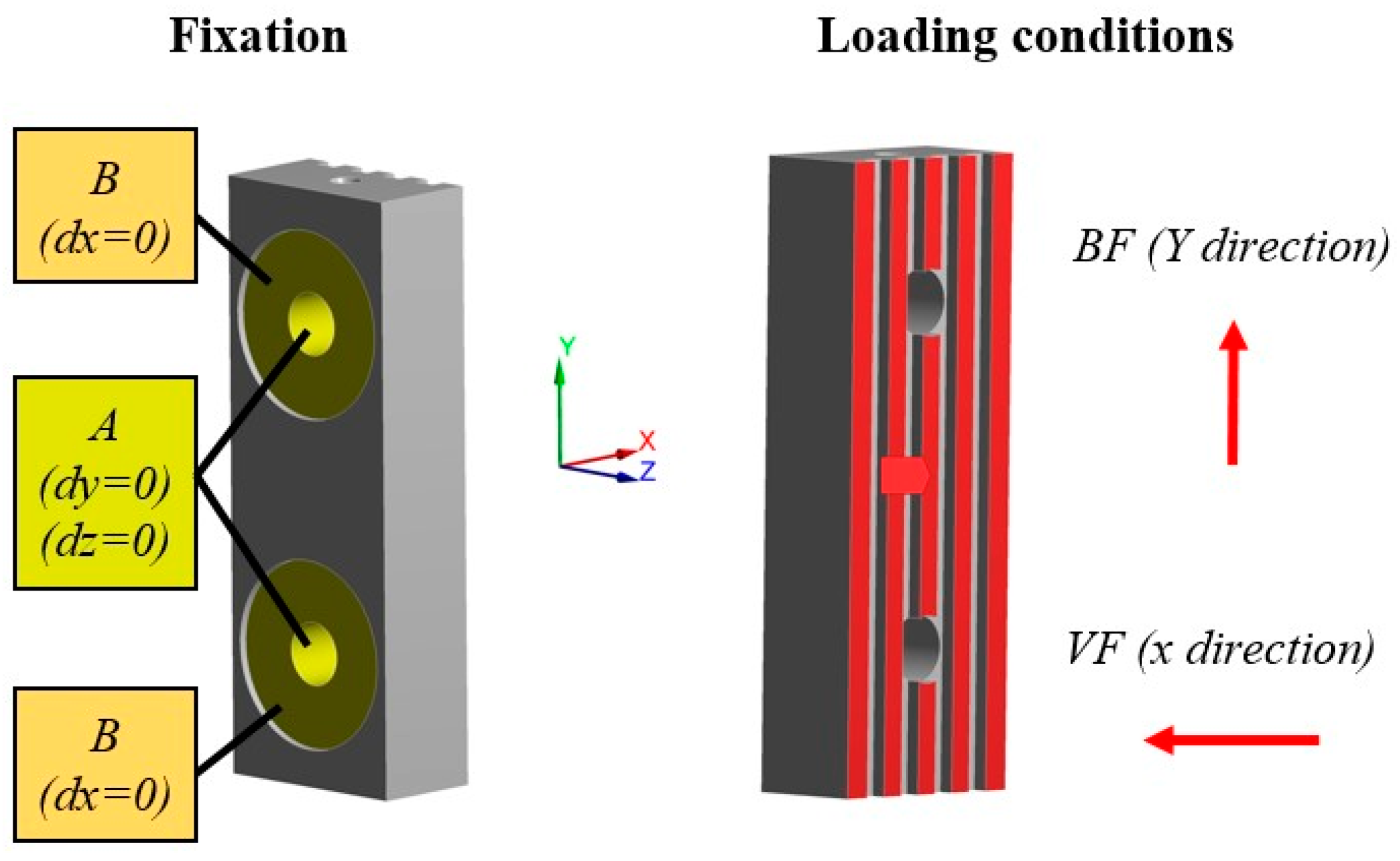
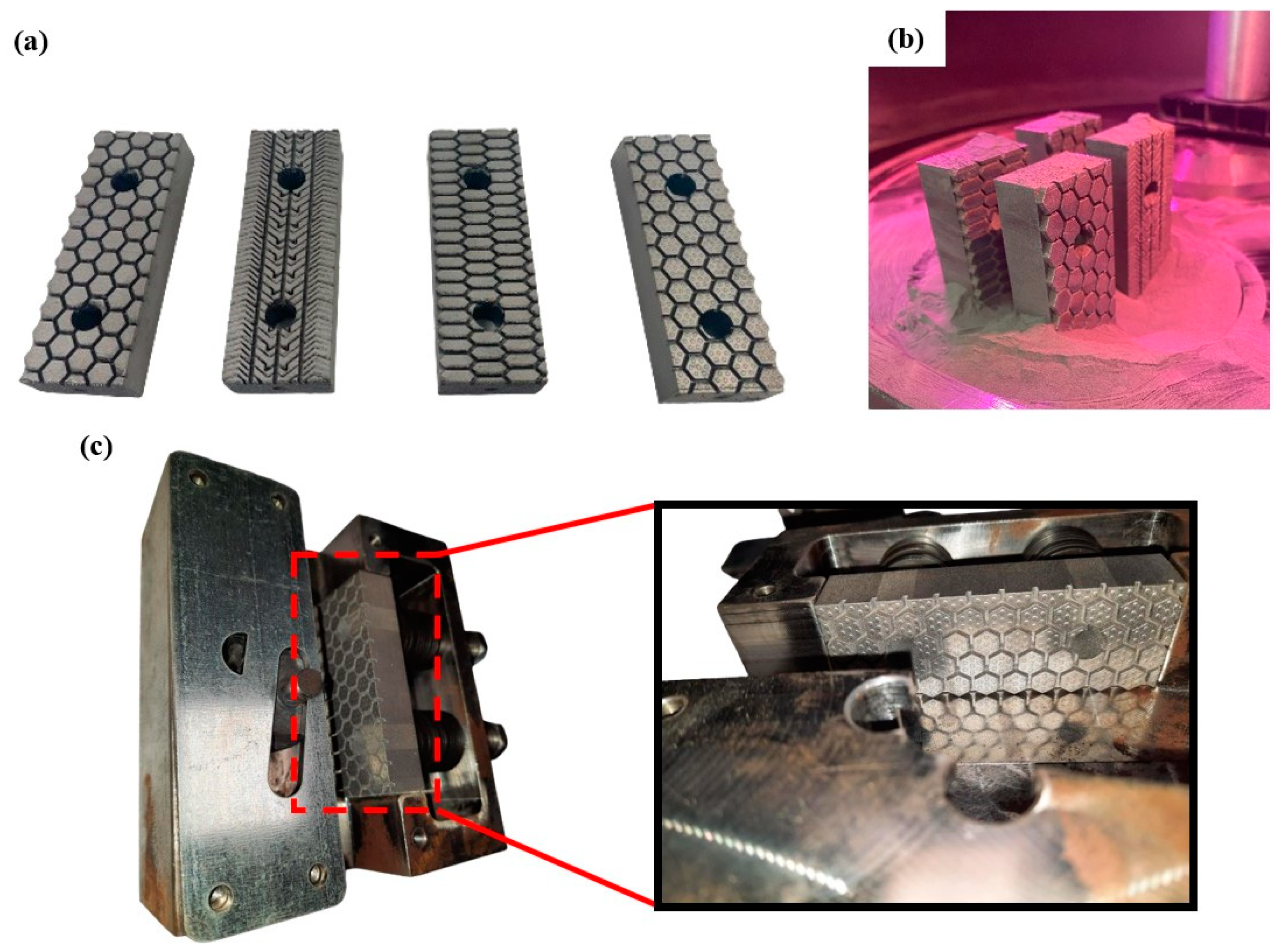
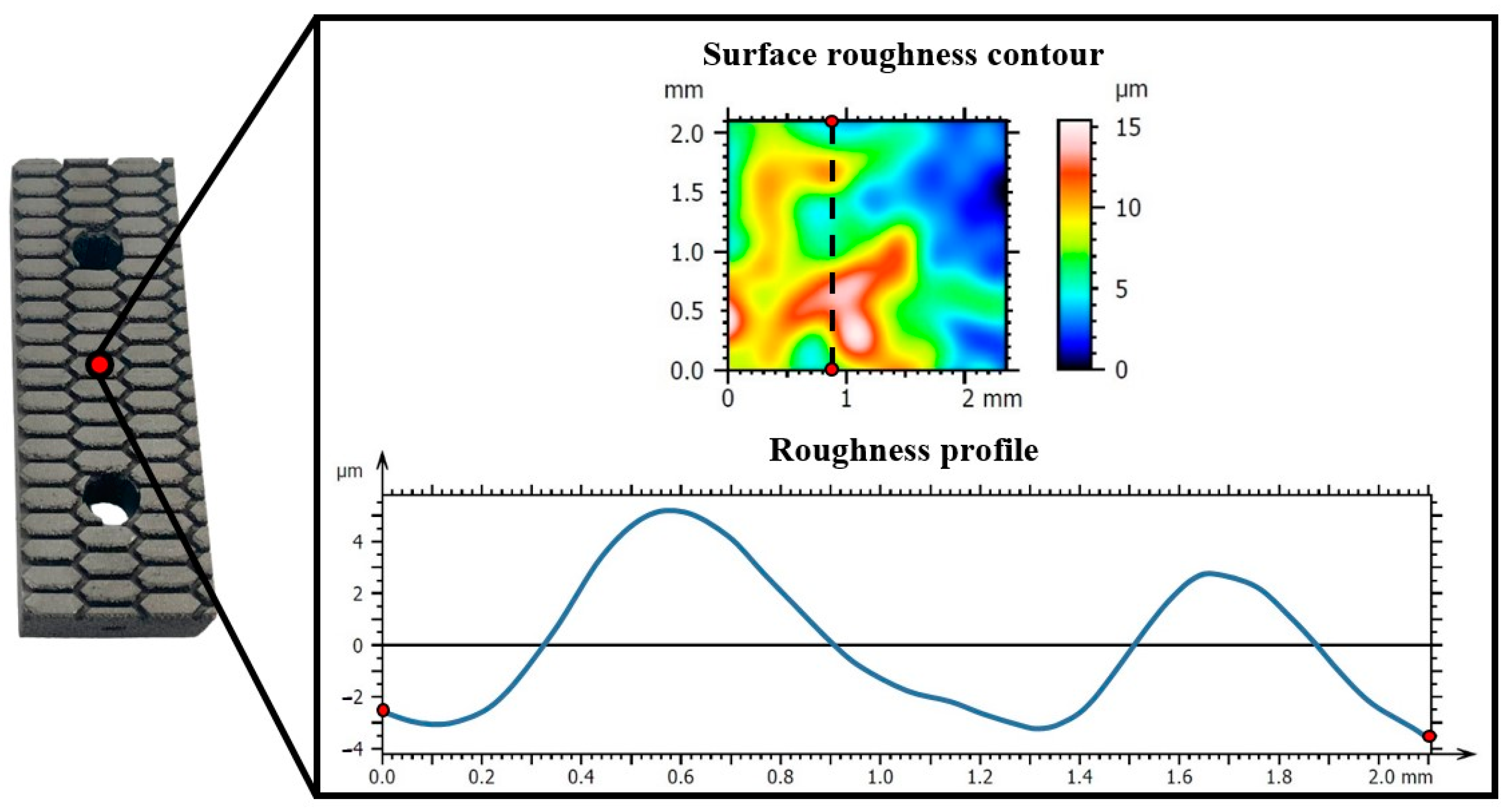


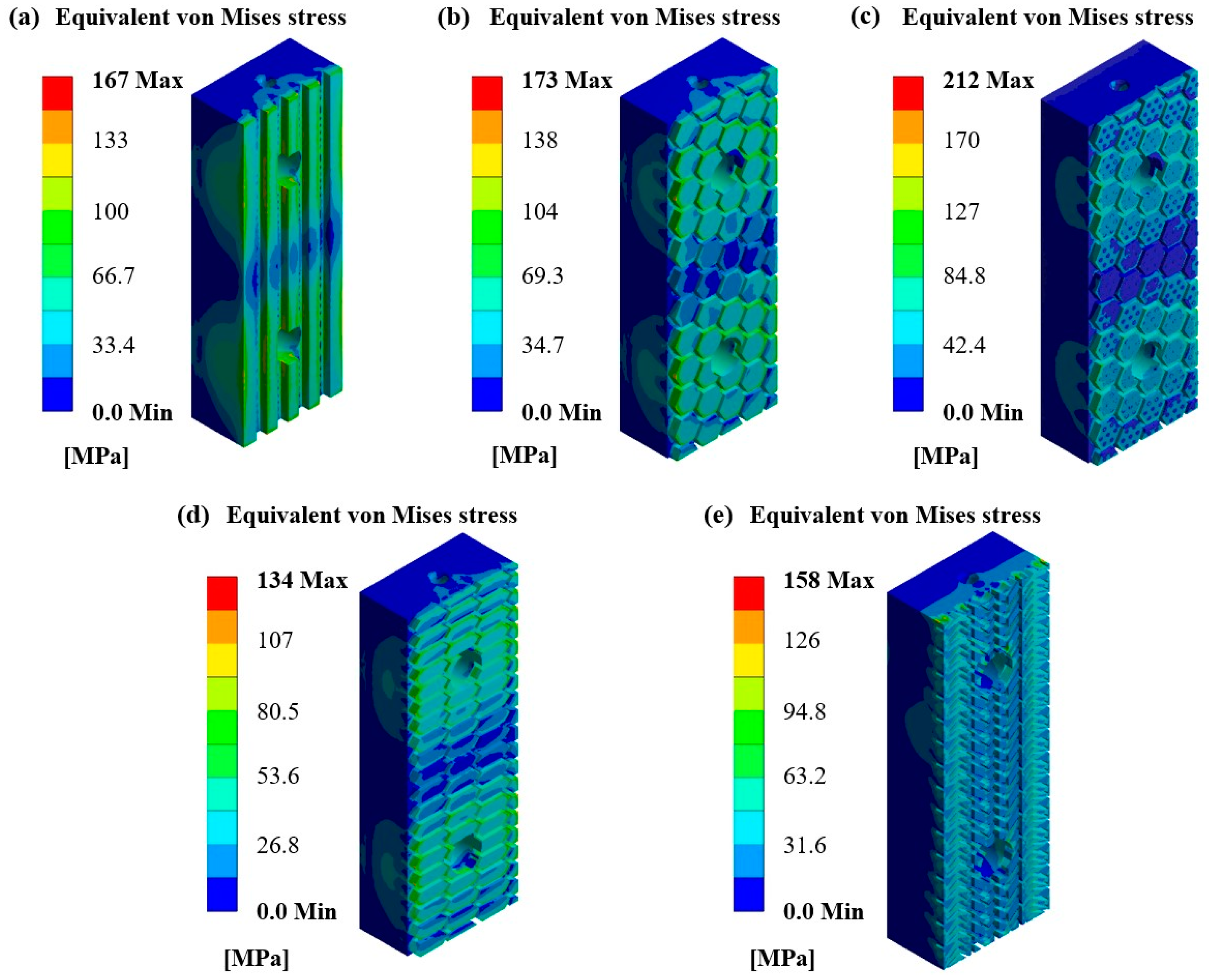
| Properties | Values | |||||
|---|---|---|---|---|---|---|
| Density | 7.80 g/cm3 | |||||
| Elastic modulus | 200,000 ± 5000 MPa | |||||
| Poisson ratio | 0.29 | |||||
| Yield Strength (ASTM E8) [13] | 1538 ± 31 MPa | |||||
| Ultimate Tensile Strength (ASTM E8) [13] | 1903 ± 12 MPa | |||||
| Elongation at break (ASTM E8) [13] | 11 ± 1 % | |||||
| Nominal Range (μm) | D90 (μm) | D50 (μm) | D10 (μm) | Hall Flow (s/50 g) | ||
| −45 + 15 | 50 | 34 | 21 | ≤25 | ||
| Weight Percent (nominal) | ||||||
| Fe | Cr | Mo | Si | V | C | |
| Balance | 5.2 | 1.3 | 1.0 | 1.0 | 0.4 | |
| 3D Printing Parameters | Values | |||||
| Layer height | 0.25 μm | |||||
| Hatching distance | 0.40 μm | |||||
| Laser power | 150 W | |||||
| Print speed | 1000 mm/s | |||||
| VED | 150 J/mm3 | |||||
| Beam diameter | 0.40 μm | |||||
| Surface Roughness | Profile Roughness | ||
|---|---|---|---|
| Indicators | Values (μm) | Indicators | Values (μm) |
| Sa | 2.675 ± 0.1 | Ra | 0.7081 ± 0.05 |
| Sq | 3.168 ± 0.1 | Rq | 0.8189 ± 0.05 |
| Sz | 15.42 ± 0.4 | Rz | 2.619 ± 0.1 |
| Sv | 6.860 ± 0.2 | Rv | 1.113 ± 0.1 |
| Sp | 8.557 ± 0.25 | Rp | 1.506 ± 0.1 |
| Structure | Measured CoF | Braking Force (BF) | Vertical Force (VF) |
|---|---|---|---|
| Commercial | 0.3 | 25,506 N | 85,020 N |
| Honeycomb | 0.317 ± 0.03 | 80,461 N | |
| Speckled honeycomb | 0.372 ± 0.04 | 68,565 N | |
| Extended honeycomb | 0.459 ± 0.05 | 55,569 N | |
| Car-tire-like | 0.549 ± 0.05 | 46,459 N |
Disclaimer/Publisher’s Note: The statements, opinions and data contained in all publications are solely those of the individual author(s) and contributor(s) and not of MDPI and/or the editor(s). MDPI and/or the editor(s) disclaim responsibility for any injury to people or property resulting from any ideas, methods, instructions or products referred to in the content. |
© 2024 by the authors. Licensee MDPI, Basel, Switzerland. This article is an open access article distributed under the terms and conditions of the Creative Commons Attribution (CC BY) license (https://creativecommons.org/licenses/by/4.0/).
Share and Cite
Kladovasilakis, N.; Pechlivani, E.M.; Sfampa, I.K.; Tsongas, K.; Korlos, A.; David, C.; Tzovaras, D. Metal 3D-Printed Bioinspired Lattice Elevator Braking Pads for Enhanced Dynamic Friction Performance. Materials 2024, 17, 2765. https://doi.org/10.3390/ma17112765
Kladovasilakis N, Pechlivani EM, Sfampa IK, Tsongas K, Korlos A, David C, Tzovaras D. Metal 3D-Printed Bioinspired Lattice Elevator Braking Pads for Enhanced Dynamic Friction Performance. Materials. 2024; 17(11):2765. https://doi.org/10.3390/ma17112765
Chicago/Turabian StyleKladovasilakis, Nikolaos, Eleftheria Maria Pechlivani, Ioanna K. Sfampa, Konstantinos Tsongas, Apostolos Korlos, Constantine David, and Dimitrios Tzovaras. 2024. "Metal 3D-Printed Bioinspired Lattice Elevator Braking Pads for Enhanced Dynamic Friction Performance" Materials 17, no. 11: 2765. https://doi.org/10.3390/ma17112765






